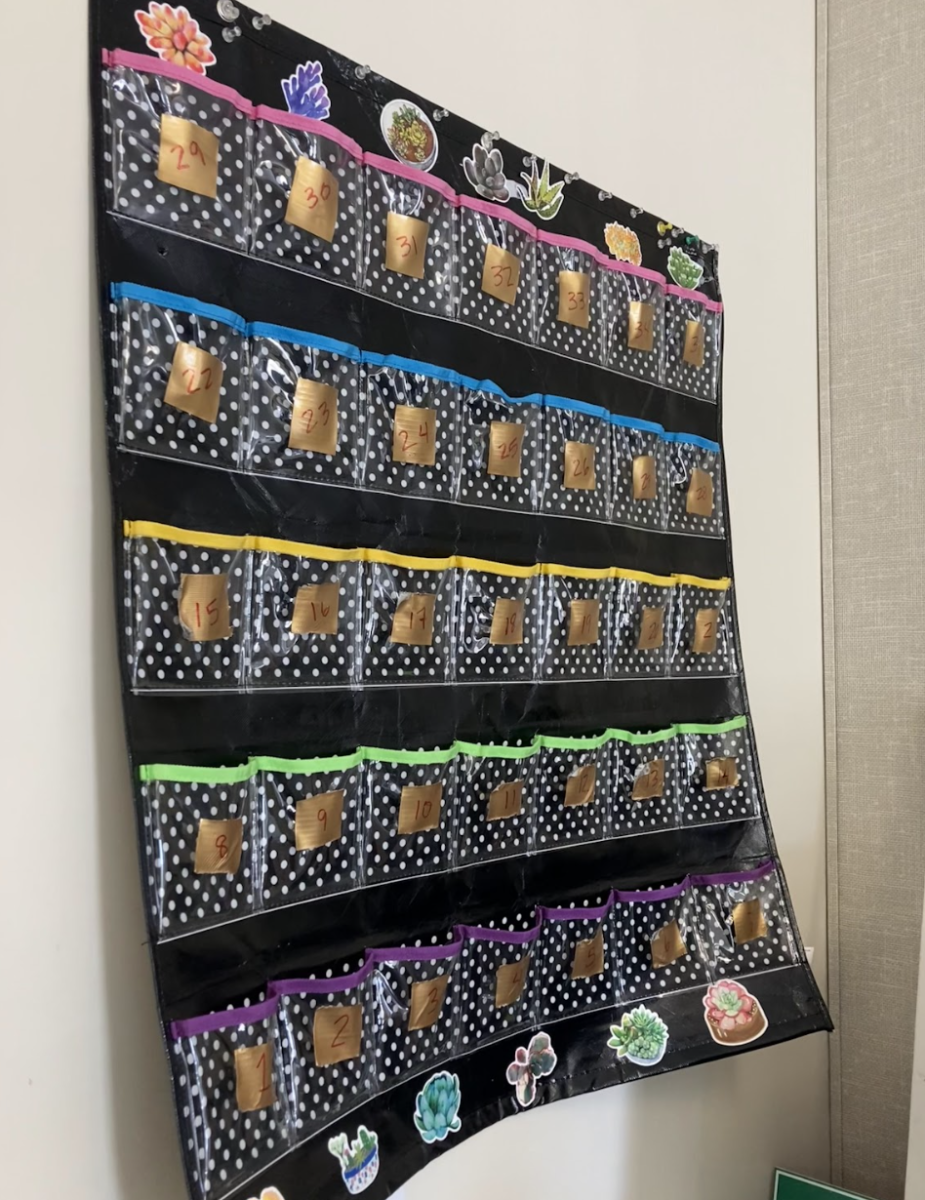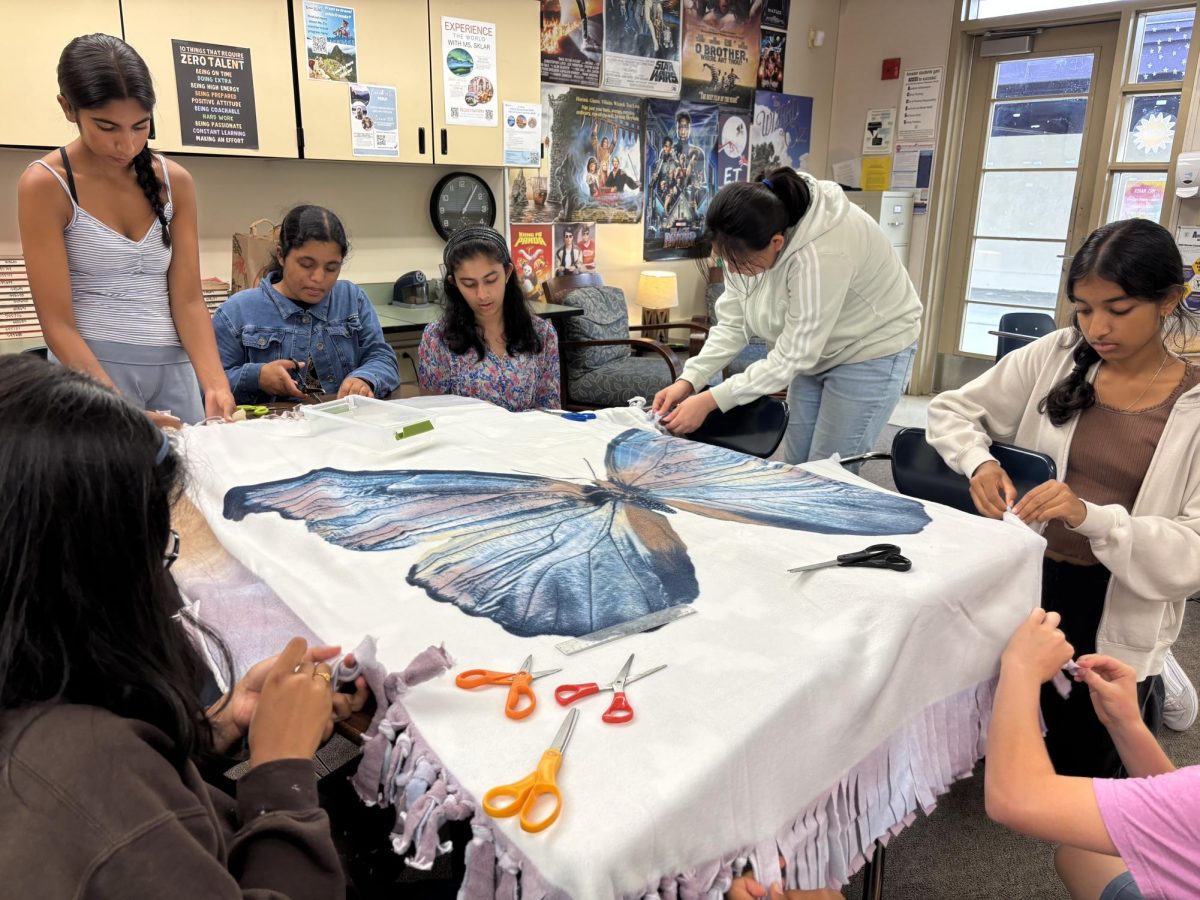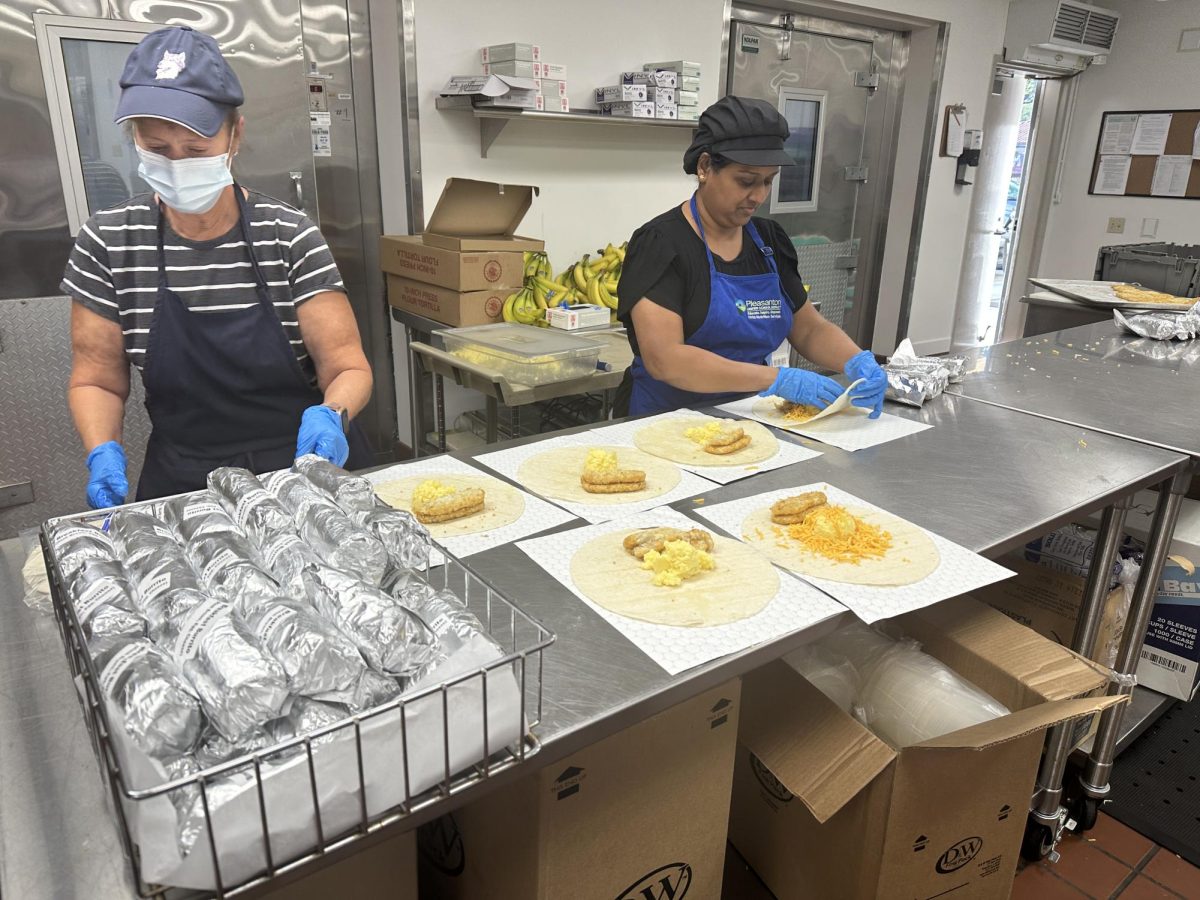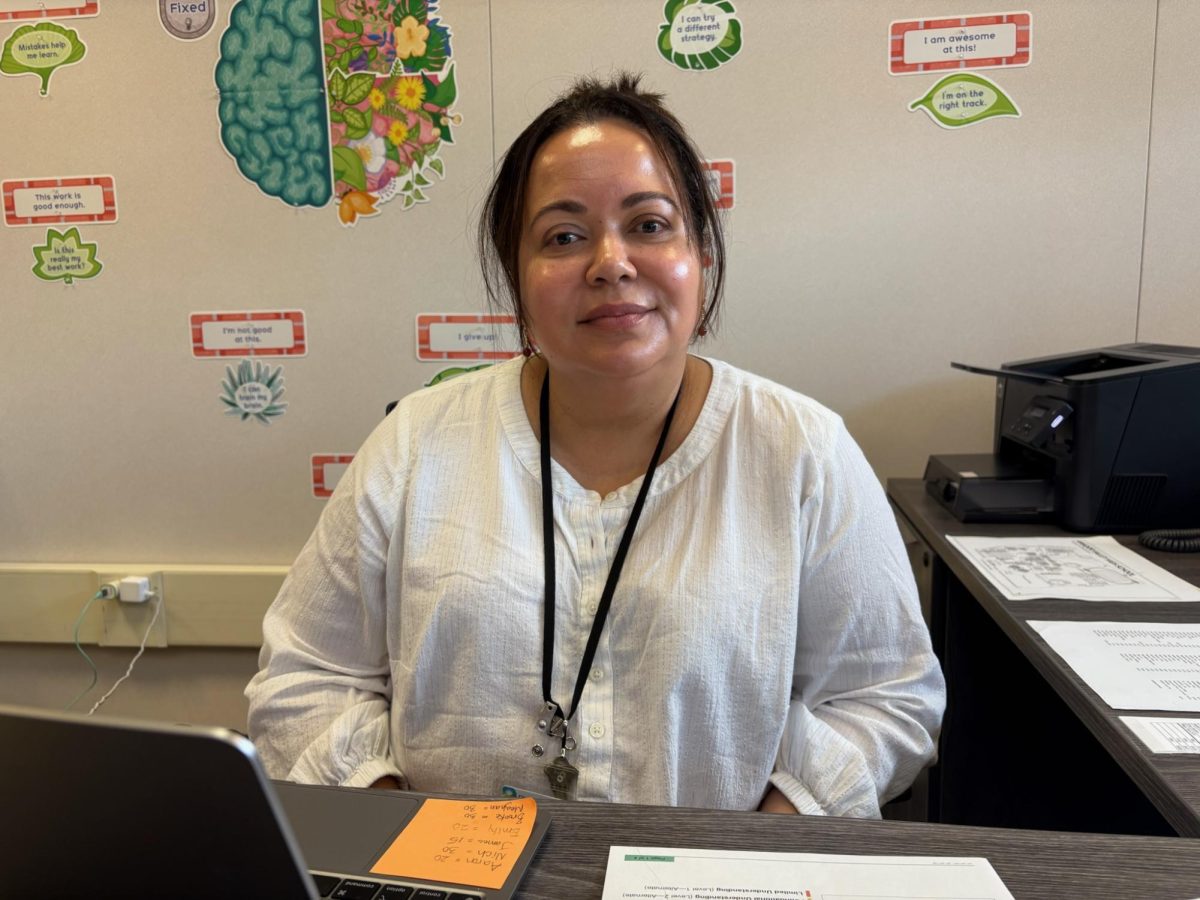Student etiquette in school has changed dramatically since the COVID-19 pandemic took its toll on in-person education.
Proper etiquette is imperative for maintaining good relationships in class and guiding students and teachers to teach kindness and improve communication.
“I think that basic classroom etiquette for students involves being aware and respectful of teachers’ classroom procedures, and coming to class on time and ready to learn,” said Amador English teacher Amy Suto.
Although teachers implement rules and policies to ensure appropriate behavior, not all students abide by them. Despite established consequences and common cell phone holders in classrooms, phone and headphone usage in school has skyrocketed since COVID.
“I think that students don’t always understand that when they are sitting in class with earbuds in, the perception is that they are not engaged in what is happening in the classroom,” said Suto.
In addition to student behavior expectations, teachers are also held to the same amount of accountability to preserve a comfortable environment and encourage active listening.
“For me, as a teacher, I try to keep that in mind too, so when I’m giving a lecture my phone is usually either in my purse or off to the side turned on silent,” said Math teacher Miranda Braselton.
As well as elevated phone usage, student socialization has been affected by the prolonged period of at-home education.
“I’ve seen the different dynamics of every student reacting differently to COVID, and some students lost that ability to talk with other students,” said Braselton.
Overall, teachers have done their best to make the necessary adaptions to accommodate students’ returns to normalcy.
“When we first returned to in-person learning, there was an initial adjustment because we had been so lenient about classwork and deadlines – which we needed to be for many reasons – but now that we have been back for a few years, things are feeling more normal,” said Suto.











